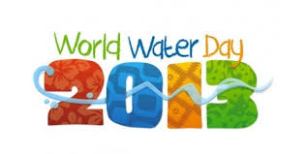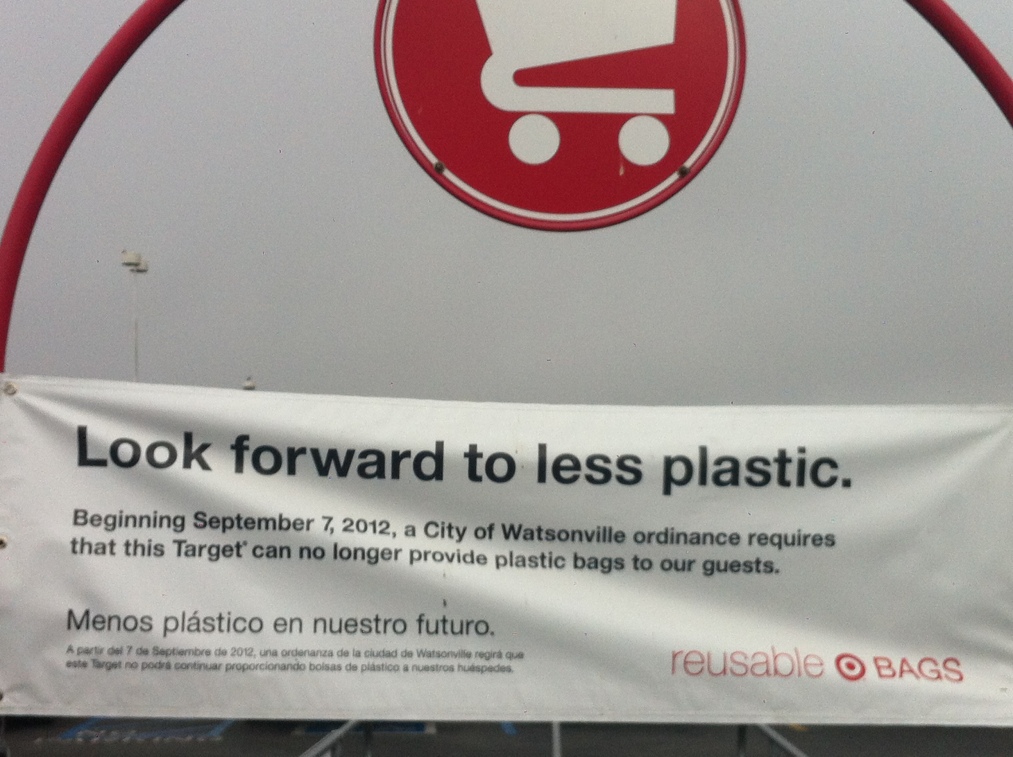Hello! I have a guest post from Sam Marquit, an independent ‘green’ contractor and co-author of Fair Marquit Value. Sam has seen firsthand the implementation of new innovative sustainable practices in the corporate world and on a smaller scale, at the home front. He’s written a great essay on some sustainable projects as it applies to businesses and homes. Read and enjoy…thanks Sam!!
The Green Remodeling Trend isn’t Just for Homes
Many homeowners have found that they can make significant changes to how a home runs in order to save on energy and waste. They choose green materials like solar panels, eco-friendly light bulbs and reused products. Businesses have also been signing on for green changes. On a much larger scale, they can save tons of waste every year just by making a few tweaks, adding recycling programs and even utilizing advanced technology like solar power.
Going to Las Vegas is a trip that almost everyone has planned. You want to see the beautiful sights, watch a famous show and even gamble at a world-renowned casino. However, this city also has a lot of eco-friendly businesses to offer. For instance, the Las Vegas Palazzo Resort and Hotel has been called the “Most Eco-Friendly Hotel in America.” The hotel uses a combination of different materials and programs to save on energy, waste and hazardous materials. For example, they use drip irrigation systems to water their landscapes. They also replaced some of their outdoor areas with artificial turf grass.
Residential areas can take some of the same actions. Drip irrigation systems can be rather easy to install and work just as well for small landscapes and gardens. Homes can also create water reuse systems such as using gray water from washers and showers to water gardens and flower beds in your landscape. Even reusing old or warn out materials through a process of up cycling can be beneficial.
Businesses in the travel industry have made eco-friendly vacations into a real money saver that also benefits the planet. Outdoor rooms have become more popular as people see the benefits of natural light. It cuts down on energy waste and even provides a heated, insulated area for those cold nights. In addition, solar panels can be used to create solar heated swimming pools.
Homeowners can also use some of these ideas when remodeling their houses. They can try out products like Powerhouse Solar Shingles, which actually go on your roof and generate energy from the sun. You can install bigger windows, skylights or even build a sunroom or porch. When you combine all of these ideas, you have a home that is well heated and lit without any stress on the environment. The costs of solar energy have also come down in recent years. Solar shingles can definitely be a great remodeling project.
Remodeling a home takes a lot of planning, but don’t forget to increase your home’s potential for energy and water saving. By making green choices, you’re helping the planet and also making the world a better place for future generations. From businesses and homes in the desert to apartments and hotels in one of the most populated cities in the world. More and more places are embracing a sustainable lifestyle.



